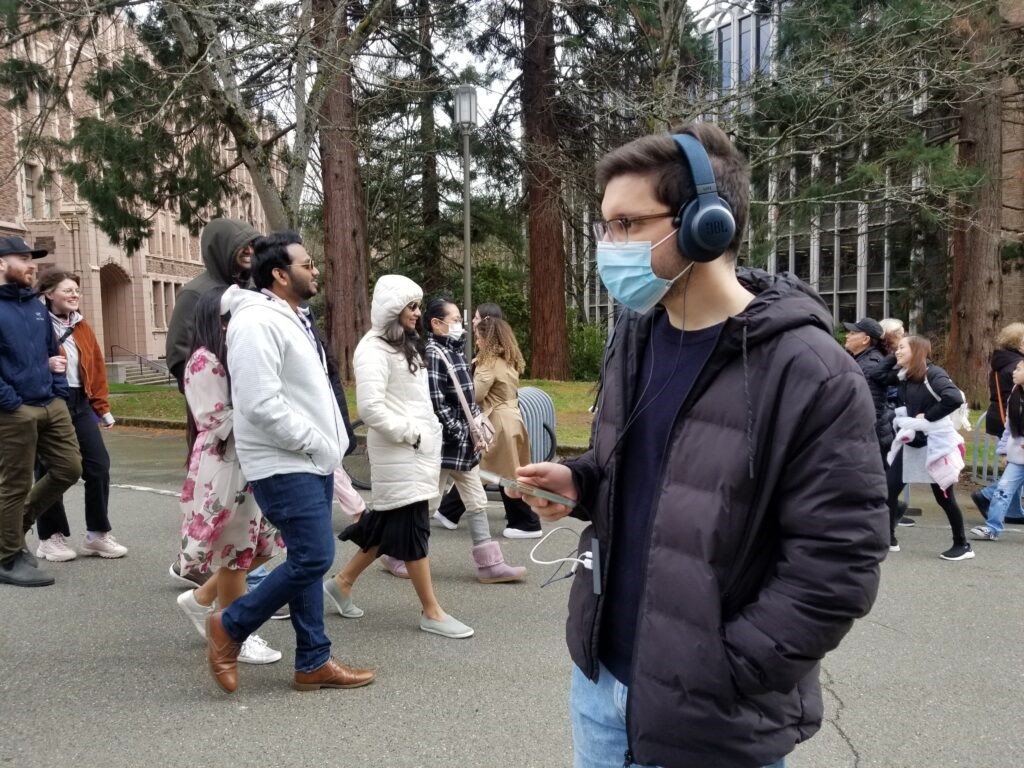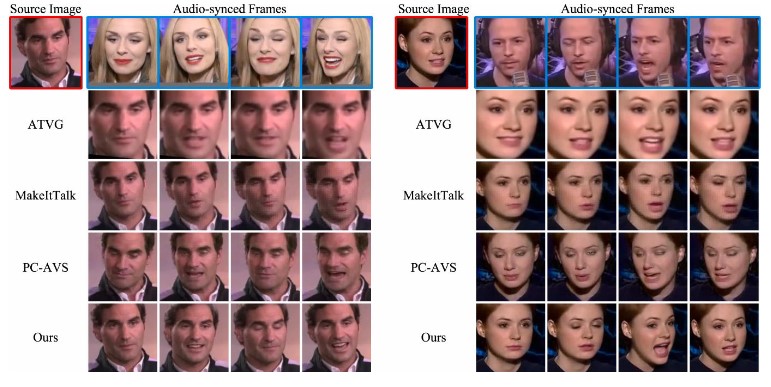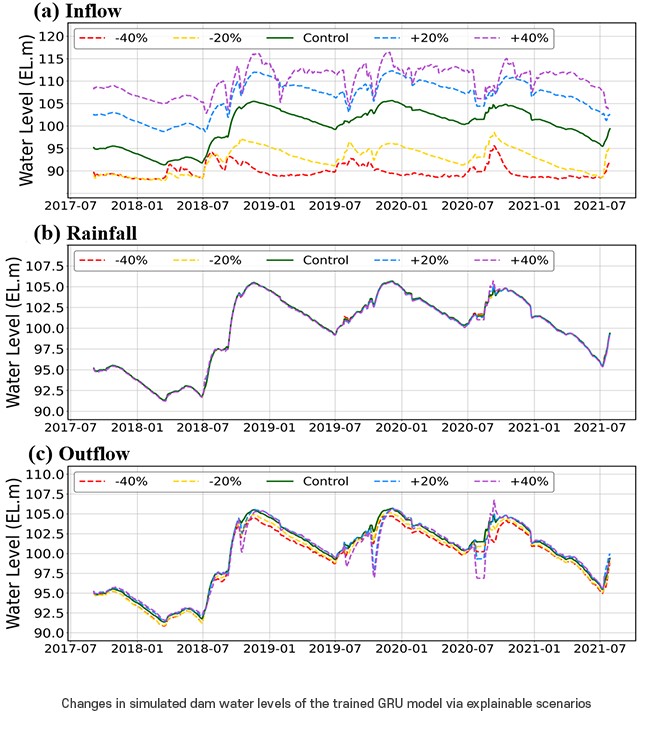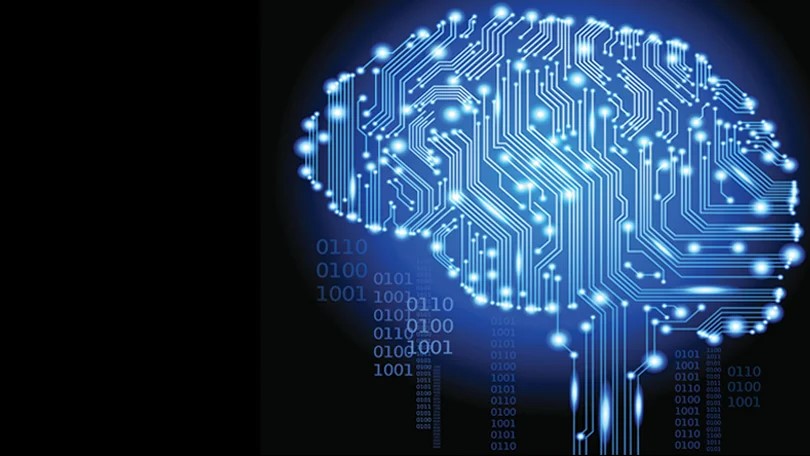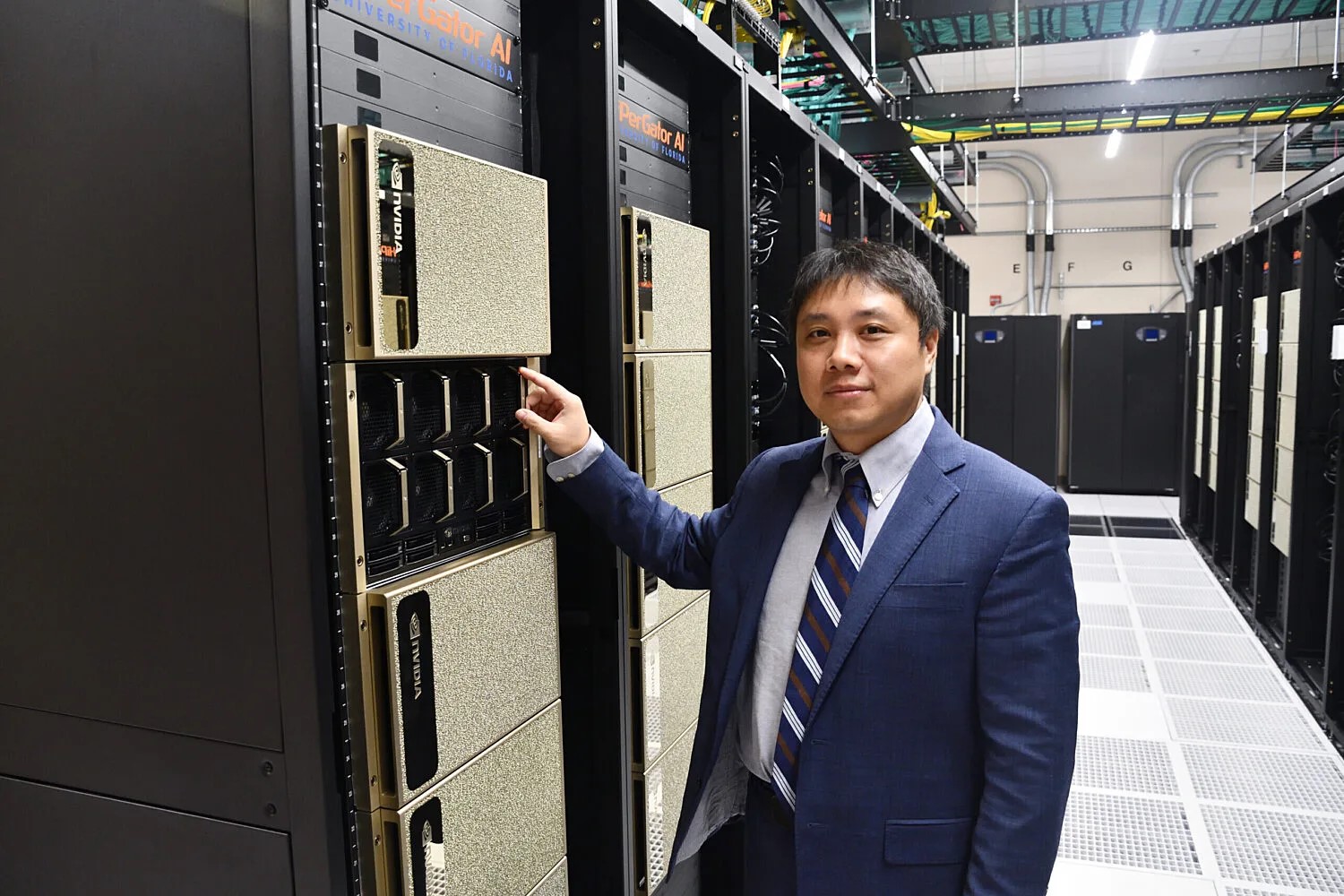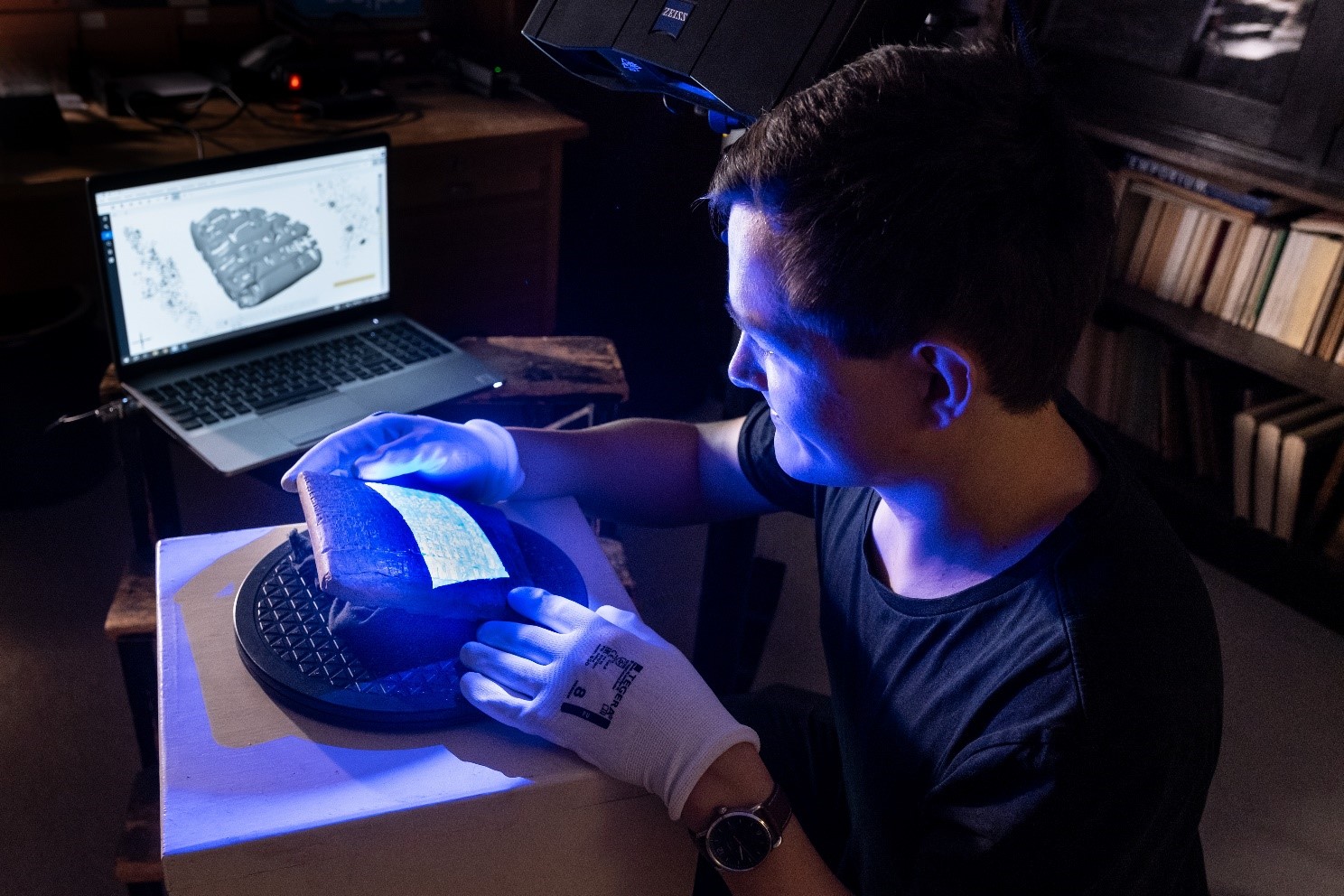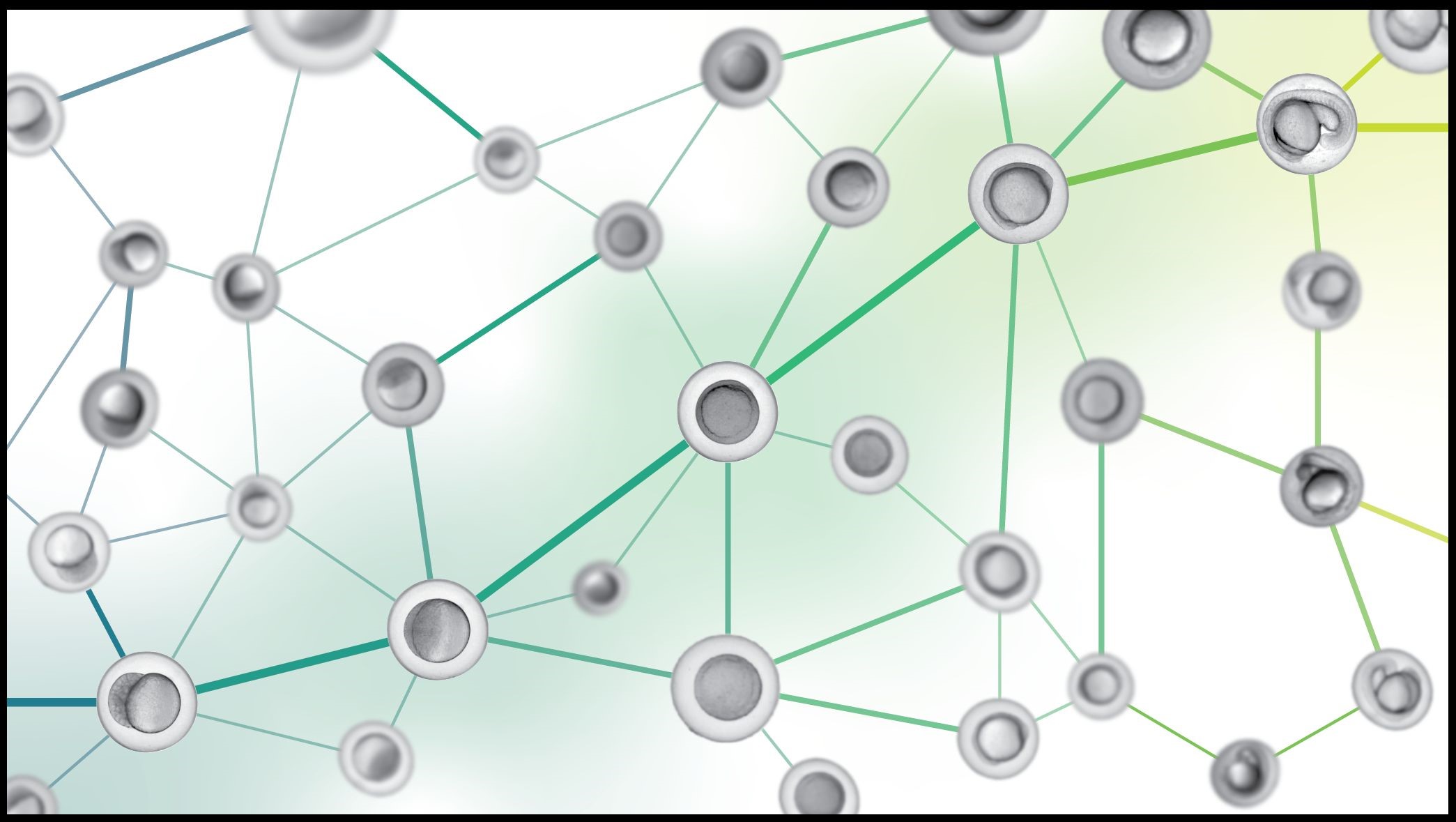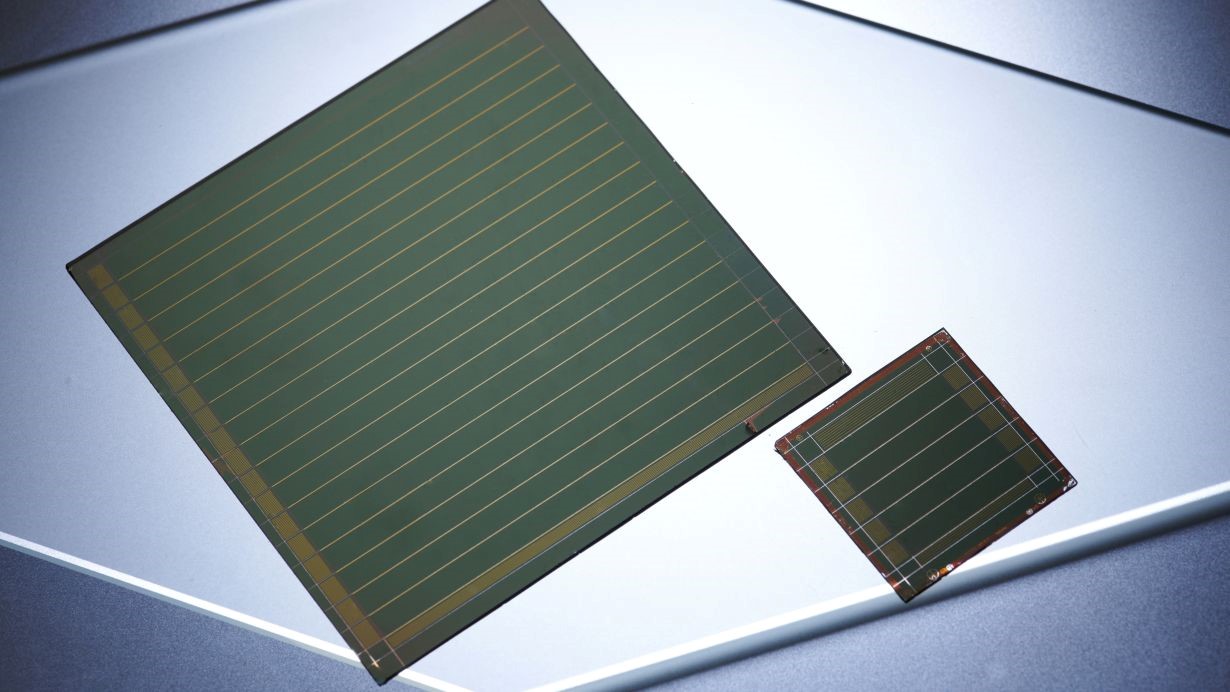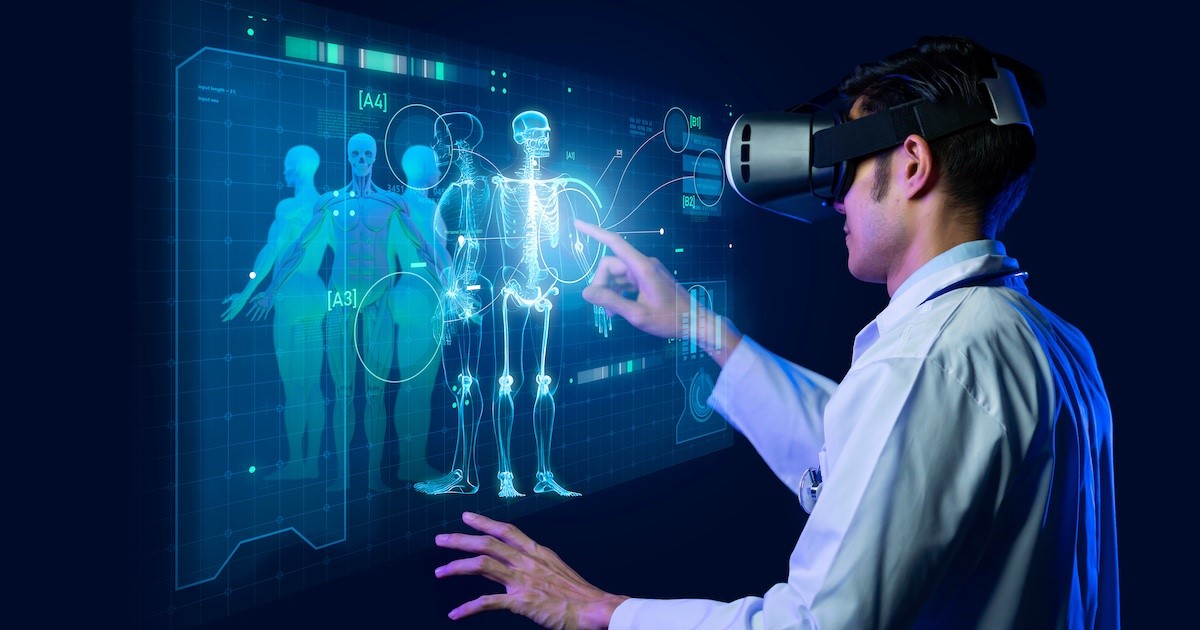Revolutionizing Wastewater Treatment: AI-Enhanced Micromotors for Sustainable Energy
In a collaboration, researchers at the Institute of Chemical Research of Catalonia (ICIQ) in Spain have developed micromotors set to transform wastewater treatment and energy production. These miniature self-propelling devices, constructed from silicon and manganese dioxide, move through water by emitting bubbles generated through chemical reactions.
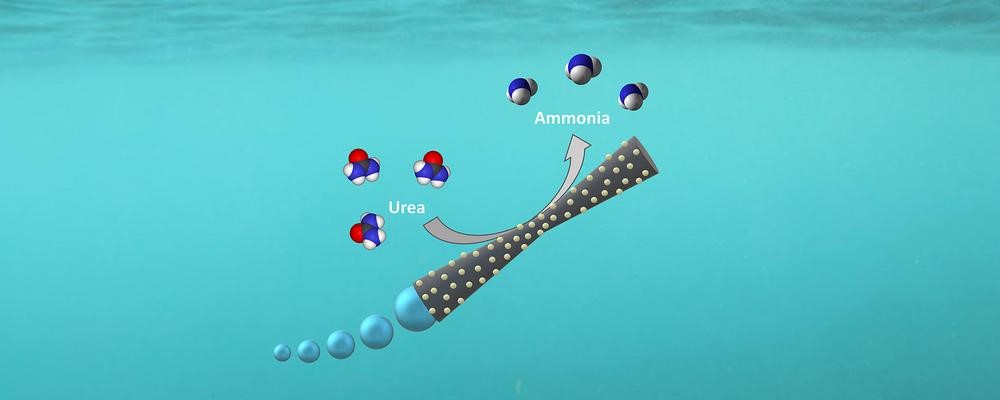
Figure 1. The outside of the micromotor. (Credit: Institute of Chemical Research of Catalonia (ICIQ))
Figure 1 shows the outside of the micromotor in this study is coated with the chemical compound laccase. This enables the motor to convert the urea in the water into ammonia.
Rebeca Ferrer, a PhD student at Dr. Katherine Villa's group at ICIQ, emphasizes the significance of converting urea into ammonia, stating, "This is an interesting discovery. Today, water treatment plants have trouble breaking down all the urea, which results in eutrophication when the water is released. This is a serious problem in urban areas in particular."
The micromotors, coated with the enzyme laccase, exhibit a remarkable ability to accelerate the conversion of urea in polluted water into ammonia upon contact. Ferrer notes, "If you can extract the ammonia from the water, you also have a source of green energy as ammonia can be converted into hydrogen."
Harshith Bachimanchi, a PhD student at the Department of Physics, University of Gothenburg, highlights the challenges in the micromotors' development: "We need to optimize the design so that the tubes can purify the water as efficiently as possible. To do this, we need to see how they move and how long they continue working, but this is difficult to see under a microscope because the bubbles obscure the view."
To address these challenges, an AI method developed by researchers at the University of Gothenburg enables the estimation of micromotor movements under a microscope. Bachimanchi adds, "If we cannot monitor the micromotor, we cannot develop it. Our AI works well in a laboratory environment, which is where the development work is currently underway."
Despite existing challenges, the collaborative effort, supported by an AI method, holds promise for advancing both wastewater treatment and sustainable energy production.
Source: University of Gothenburg
Cite this article:
Hana M (2023), Revolutionizing Wastewater Treatment: AI-Enhanced Micromotors for Sustainable Energy, AnaTechMaz, pp. 333



